This post may contain affiliate links, please read our disclosure policy.
What makes pink champagne pink? What is the difference between Rosé sparkling wine and Rosé Champagne? Learn more about this decadent pink bubbly treat. Cheers!
Introduction To Rosé Champagne
For big events like weddings, Valentine’s Day, New Years’, or just for a special treat on an ordinary day, a glass of pink bubbles is sure to set the celebratory mood.
Contrary to what many believe, the word “Champagne” is not a generic word for all sparkling wine. Only sparkling wine made from grapes grown in the Champagne region of northern France can be legally called “Champagne.”
White Champagne vs. Pink Champagne
The grapes used to make both white and rosé versions of this sparkling wine are the same – Chardonnay, Pinot Noir, and Pinot Meunier. Interestingly, 2 out of the 3 varieties are red grapes, making the production of pink champagne possible.
When making white champagne, the grapes are picked by hand, so the berries remain intact. Machine harvesting is avoided as it can puncture the skins allowing the juice to absorb some of the red pigment. The grapes are pressed immediately after arriving at the winery, and the juice is run off the skins to be fermented into a white wine.
Pink (Rose) champagne, on the other hand, can be made 2 different ways: by macerating the juice with the skins for a short period of time in order to pick up some of the red pigment or by blending a little red wine into the white. Rosé champagne is the only pink wine in the EU legally permitted to blend red and white wine together to make pink wine. Good quality sparkling wines can be made using either method.
The Traditional Method (Méthode Champenoise)
Any color of champagne must be made using the traditional method, also known as “methode Champenoise” although only true champagne is allowed to use that term on its label. All other sparkling wines made using this method must be labeled as “traditional method.”
In the traditional method, the base wine is fermented just like a still wine. When this is complete, there are no bubbles in the wine. The bubbles are created by a second fermentation that takes place in the bottle itself. The bottles are filled with the still base wine, and a “liqueur de tirage,” a mixture of still wine, yeasts, and sugar, is added, and the bottle is then sealed with a crown cap. The combination of yeast and sugar induces another fermentation to take place. Carbon dioxide, a natural by-product of fermentation, is trapped inside the bottle. This second fermentation can last from between 10 days to 3 months.
Champagne is then left to age for several months, or even several years in the bottle with the “lees,” the sediment left after the second fermentation. During this time, “autolysis” takes place. Autolysis is the breakdown of the dead yeast cells that occurs several months after the completion of the second fermentation and can give complexity to sparkling wine. While the wine is aging, the sediment is slowly moved to the neck of the bottle in a process called “remuage.” The bottles are shaken slightly and placed in a more upside-down position. Eventually, the bottles will be almost completely inverted, and the sediment will have fallen into the neck of the bottle.
When the wine has aged a sufficient amount of time, the sediment is then “disgorged” or removed from the wine. The neck of the bottle, where the sediment now rests, is frozen, and the bottle is opened. The pressure from the carbon dioxide ejects the sediment from the bottle.
A combination of wine and sugar, called “liqueur d’expedition,” is then added to the bottle. The amount of sugar added at this time will determine the sweetness level of the champagne. The bottle is recorked, and after a short period of aging, is ready to be sold.
The Taste of Rosé Champagne
Pink sparklings have slightly less acidity than their white counterparts due to their higher Pinot Noir content and/or the addition of red wine. Rosé Champagne typically has aromas and flavors of red berries in addition to the toasty brioche flavors typical in white champagne.
The level of sweetness in any champagne, both pink and white, can vary and are indicated on the label using the following terms:
- Brut Nature: No sugar added – very dry
- Extra Brut: 0-6 g/l sugar – usually very dry, but should be balanced and not austere
- Brut: 0-15 g/l sugar – can range from dry to very dry
- Extra-Sec: 12-20 g/l sugar – off-dry to medium dry
- Sec: 17-35 g/l sugar – medium dry
- Demi-Sec: 35-50 g/l sugar – sweet
- Doux: 50 plus g/l sugar – very sweet but also very rare
Pink Champagne Serving Tips
Unlike many white Champagnes, the pink versions should be enjoyed as young as possible. If they are kept for too long, they will lose their fresh, floral, fruity flavors that make them so appealing. The pretty pink color will also turn an unappetizing orange.
Champagne should be served chilled (50 degrees F is a good temperature) in a tall flute glass in order to preserve the bubbles. The shorter and wider glasses can cause the bubbles to disappear much quicker.
Have you had Rosé Champagne? Do you like Rosé champagne?
Be sure to check out Food Wine Sunshine on Facebook, Twitter, Pinterest, and Instagram for more wine tips, cocktails, healthy recipes, and fun things to do.



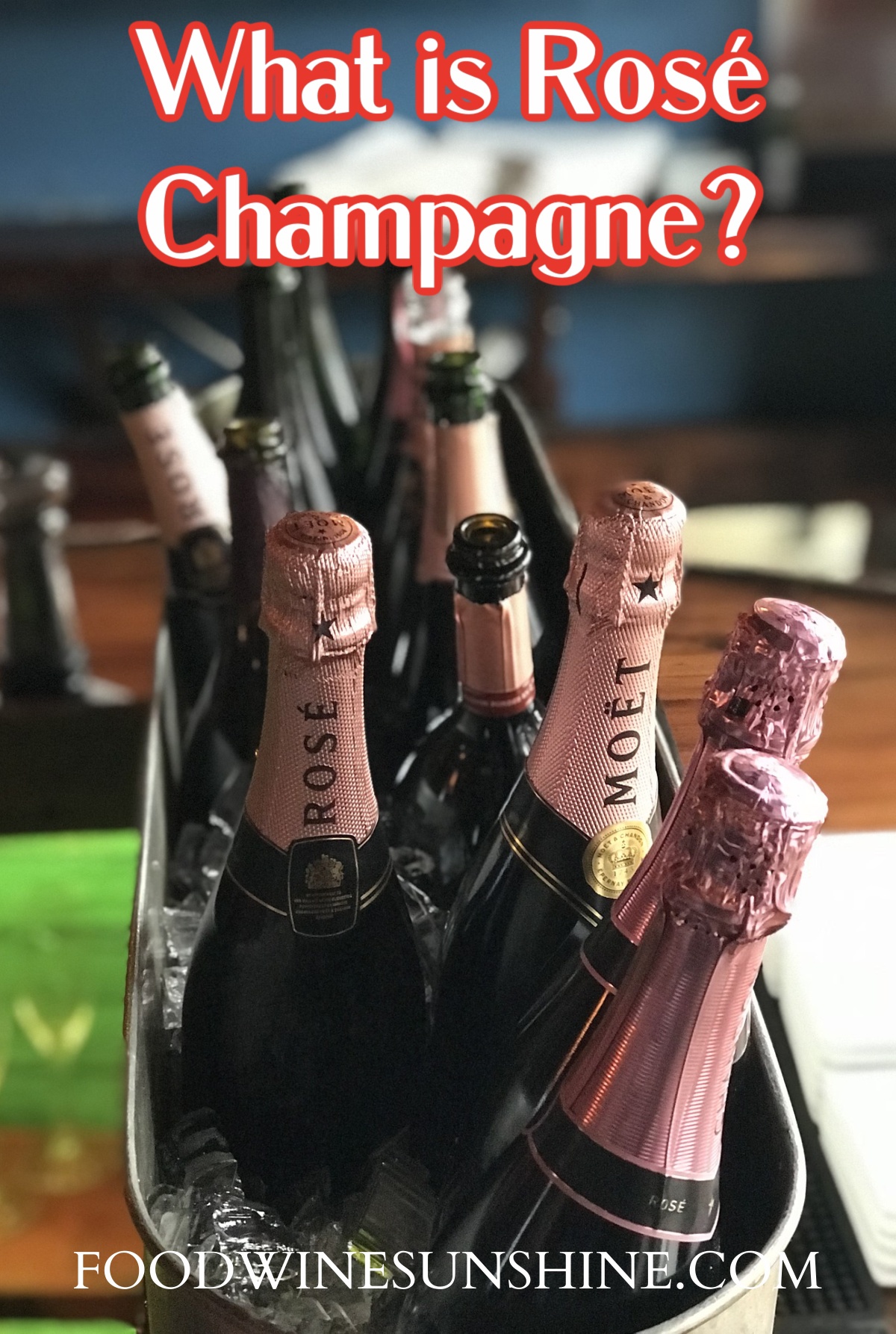
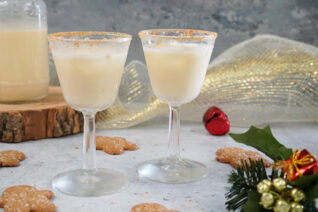
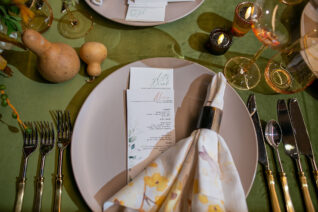
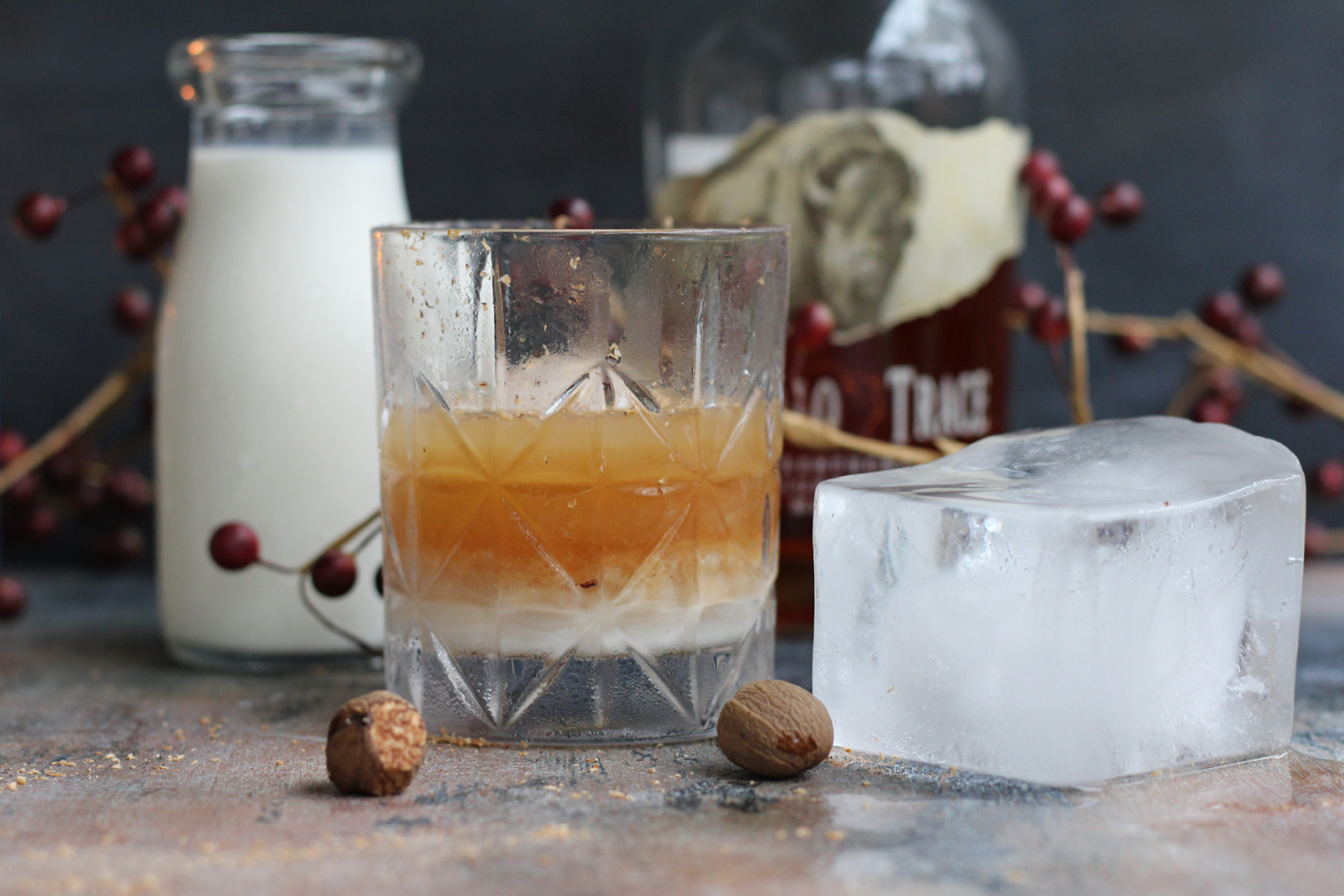
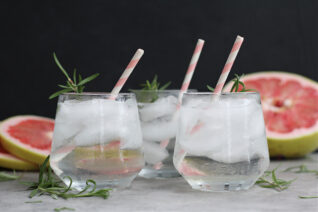

Comment section